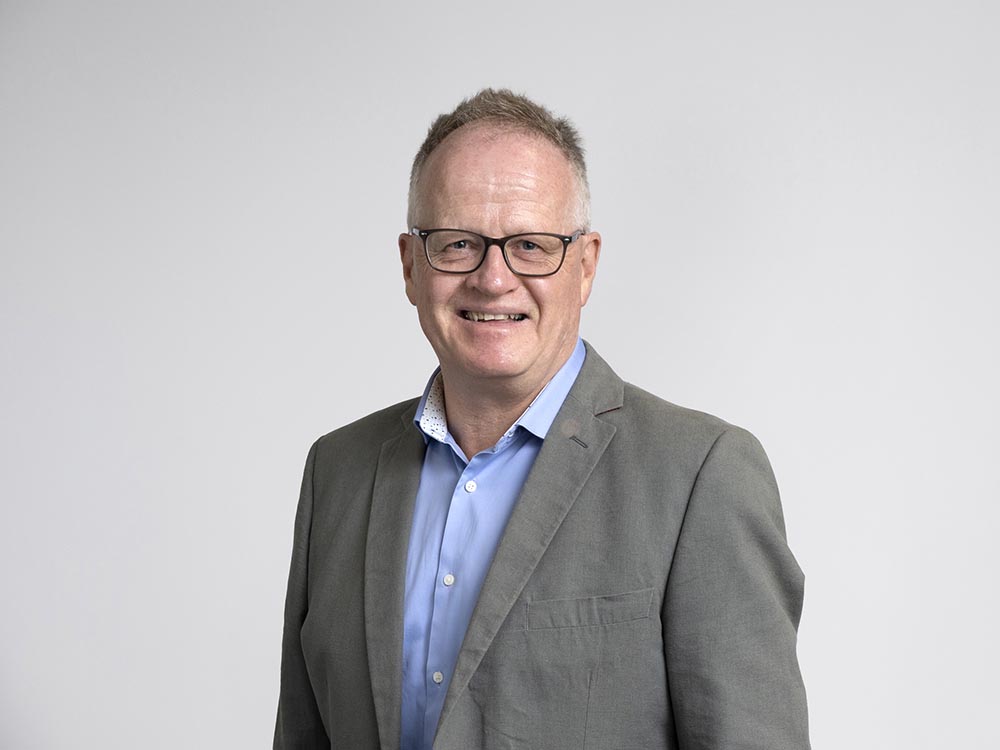In recent years, it has become common for utility-scale solar projects in Australia to include a grid-scale battery energy storage system (BESS) to provide energy generated by the solar farm to the grid outside of the times when the sun is shining.
Big batteries are currently booming in Australia, with 27 large-scale batteries under construction at the end of 2023 (totalling approximately 5 GW / 11 GWh).[1] We expect that BESS will also become an increasingly important cog in New Zealand’s broader energy landscape and that we will see utility-scale solar projects incorporating batteries as a means of providing dispatchable generation during peak demand and enhancing grid stability.
A BESS is a number of large batteries that operate together as an energy storage facility, and is a bidirectional user of an energy network - meaning that it is able to ‘take’ energy from the grid (to store), and it can discharge that energy back into the system when required.
Whilst amendments were first made to New Zealand's Electricity Industry Participation Code 2010 (the Code) in 2018 to facilitate grid-scale BESS, the first significant (35MW) BESS project was not commissioned until March 2024. The slow uptake may be attributed in part to the widespread supply chain issues and economic conditions faced since that Code change (such as Covid, the war in Ukraine, inflation and the increasing cost of capital across this period). However, Transpower has noted that interest in BESS is now ‘surging’, with 410MW of BESS in the connection queue as at October 2023, and a significant pipeline of future projects in the short – medium term.[2] This is an encouraging trend to address some of the sector-wide concerns noted below.
BESS may help unlock the peak-demand puzzle
The uptake of BESS in New Zealand is particularly important given that it can help to solve one of the country's biggest energy challenges – meeting peak demand. In recent years, there have been ongoing concerns as to the reliability of New Zealand’s electricity supply following blackouts in 2021.[3] This is because:
- despite almost 15 years of flat electricity demand, that demand is starting to lift[4] and is estimated to increase by 70 to 170% above current levels by 2050[5];
- an increasing proportion of New Zealand’s renewable electricity generation is from intermittent sources such as wind and solar; and
- the thermal peaking plant currently relied on to meet supply shortfalls during peak demand relies on fossil fuels, and factors such as climate policy settings, carbon emission costs, higher operating costs and uncertainty regarding fuel availability mean there are few commercial incentives to reinvest in aging plant. Additionally, if slow-start thermal generation plant is not already committed then preparing them to run may require upwards of nine hours’ prior notice – if the system operator does not provide notice in adequate time, there is a genuine risk of blackouts.
This has been a well-publicised issue, with Transpower warning of potential blackouts during the upcoming winter period.[6] The Electricity Authority (EA) also published a Consultation Paper in January 2024, seeking industry input on potential solutions for peak electricity capacity issues.
BESS provides a solution to this problem, particularly when paired with new or existing intermittent renewable generating assets. During off-peak demand periods, excess generation can be stored and instantaneously provided to the grid during peak-demand periods. This active management of intermittent or variable generation is referred to as ‘firming’. Firming intermittent renewable generation has several benefits:
- the generator can take advantage of peak-demand pricing, potentially increasing profitability of generation;
- the system operator has greater certainty that peak demand can be met;
- New Zealand is less reliant on fossil fuels to meet peak energy demand; and
- broader community benefits from improved energy security – Transpower is predicting that the risk of peak-demand blackouts will ease as the BESS industry matures.[7]
System changes may further incentivise BESS projects
There are two key direct revenue streams for a standalone BESS project: energy arbitrage and ancillary services.
Energy arbitrage involves purchasing electricity to charge the batteries when wholesale prices are low and supplying that energy back to the grid when wholesale prices are higher. The EA has suggested that a system change towards five-minute blocks of time over which prices are calculated (rather than being smoothed over 30 minutes) could incentivise fast-start flexible response, especially from large utility-scale batteries, which are typically required for a few minutes or less.[8]
Internationally, BESS developments also play a significant role in ancillary service markets. In Australia, the ancillary services market is well matured – the majority (and as much as 80%) of the revenue earned by BESS operators has been from ancillary services, as opposed to energy arbitrage.[9] In New Zealand, ancillary services are procured by Transpower to support the reliable operation of the power system (examples include frequency keeping and instantaneous reserves).[10] However our existing market system does not easily accommodate the bi-directional nature of BESS (that is, its ability to consume electricity when charging and export energy when discharging), which may make it difficult for BESS operators to fully participate in the market and maximise revenue.[11]
Implementation of system level changes that support both arbitrage and ancillary services markets would increase the economic feasibility of BESS projects and should encourage further capital investment into the renewables sector.
The EA’s Consultation Paper ‘The future operation of New Zealand’s power system’ sought feedback from “new players in the markets for flexibility and ancillary services about barriers to greater participation in these markets within the power system.” That consultation period has recently closed, and we are eagerly anticipating the EA’s response to those submissions, particularly in relation to any proposed system changes to better accommodate BESS developments.
In the meantime, if you would like to discuss any of the points raised in this article, or you are advancing a BESS project, talk to one of our experts.
Footnotes
[1] https://assets.cleanenergycouncil.org.au/documents/resources/reports/clean-energy-australia/Clean-Energy-Australia-2024.pdf
[2] Transpower Monitoring Report October 2023.
[3] https://www.rnz.co.nz/news/national/508244/rolling-power-cuts-may-hit-this-winter
[4] Higher electricity prices and demand prompts bullish outlook for energy stocks | BusinessDesk
[5] Briefing for the Incoming Minister for Energy, 27 November 2023, para 65
[6] https://static.transpower.co.nz/public/bulk-upload/documents/Winter_2024_Outlook.pdf?VersionId=DPFASMT6ciqNPngxy5oXP4ZEuH.RrFEJ
[7] https://www.ea.govt.nz/documents/4385/Consultation_paper_potential_solutions_for_peak_electricity_capacity_issues.pdf
[8] https://www.ea.govt.nz/documents/4479/The_future_operation_of_New_Zealands_power_system_.pdf
[9] https://www.pv-magazine-australia.com/2023/10/28/weekend-read-australias-big-bess-big-bet/. Note that the proportion of revenue earned from ancillary services markets has decreased in recent years (attributed, in part, to the increase in supply of those services).
[10] https://www.transpower.co.nz/system-operator/information-industry/electricity-market-operation/ancillary-services/about
[11] Above, n 7








